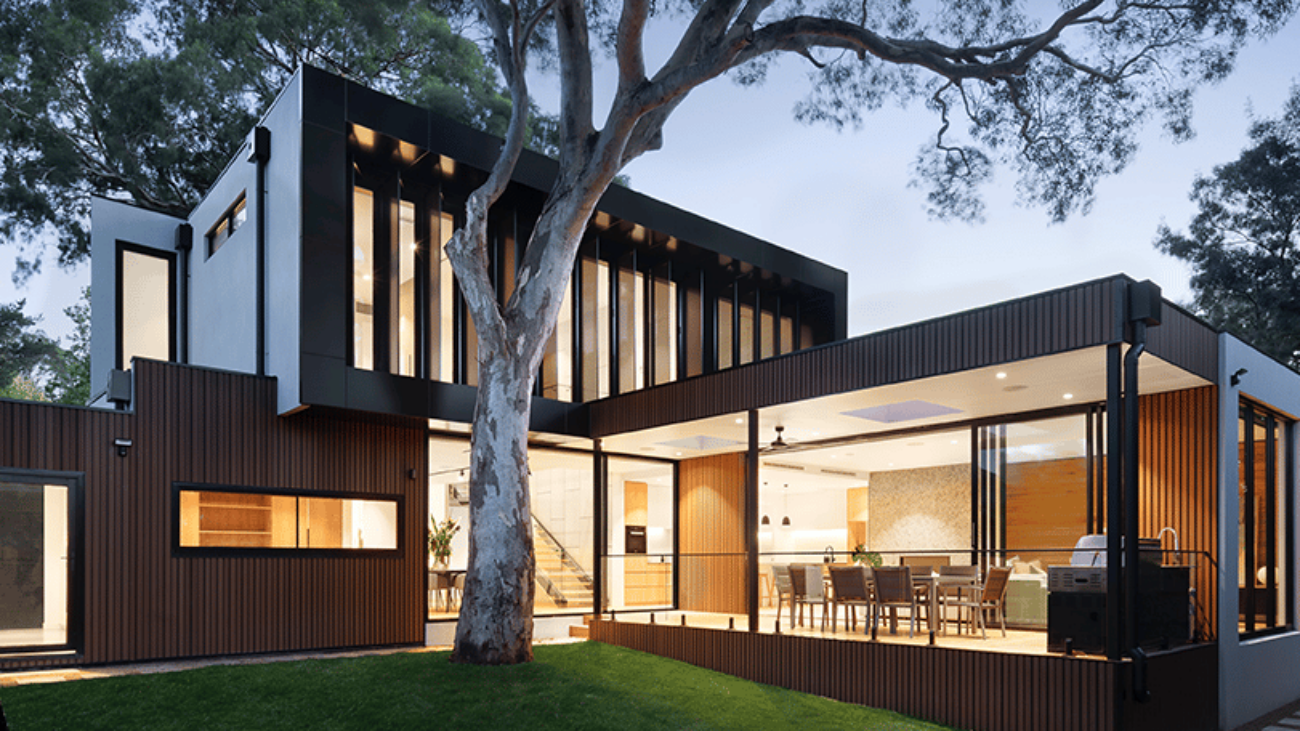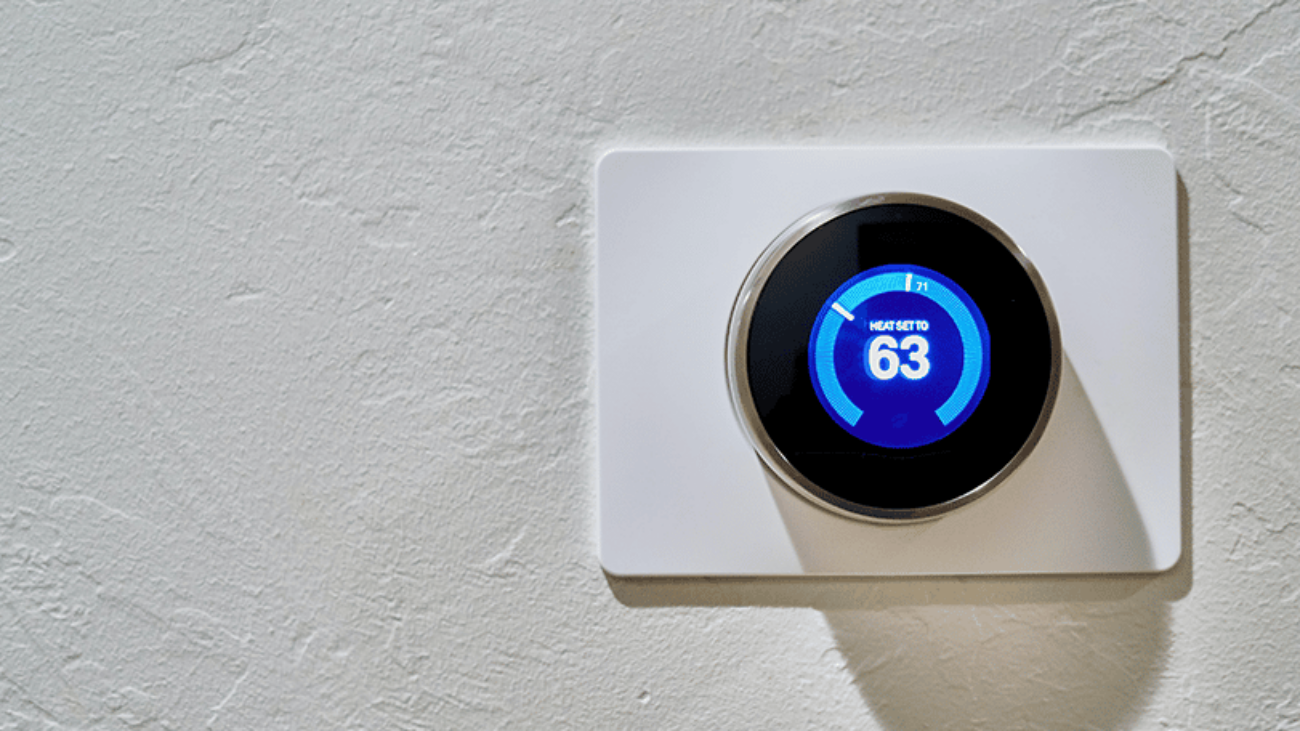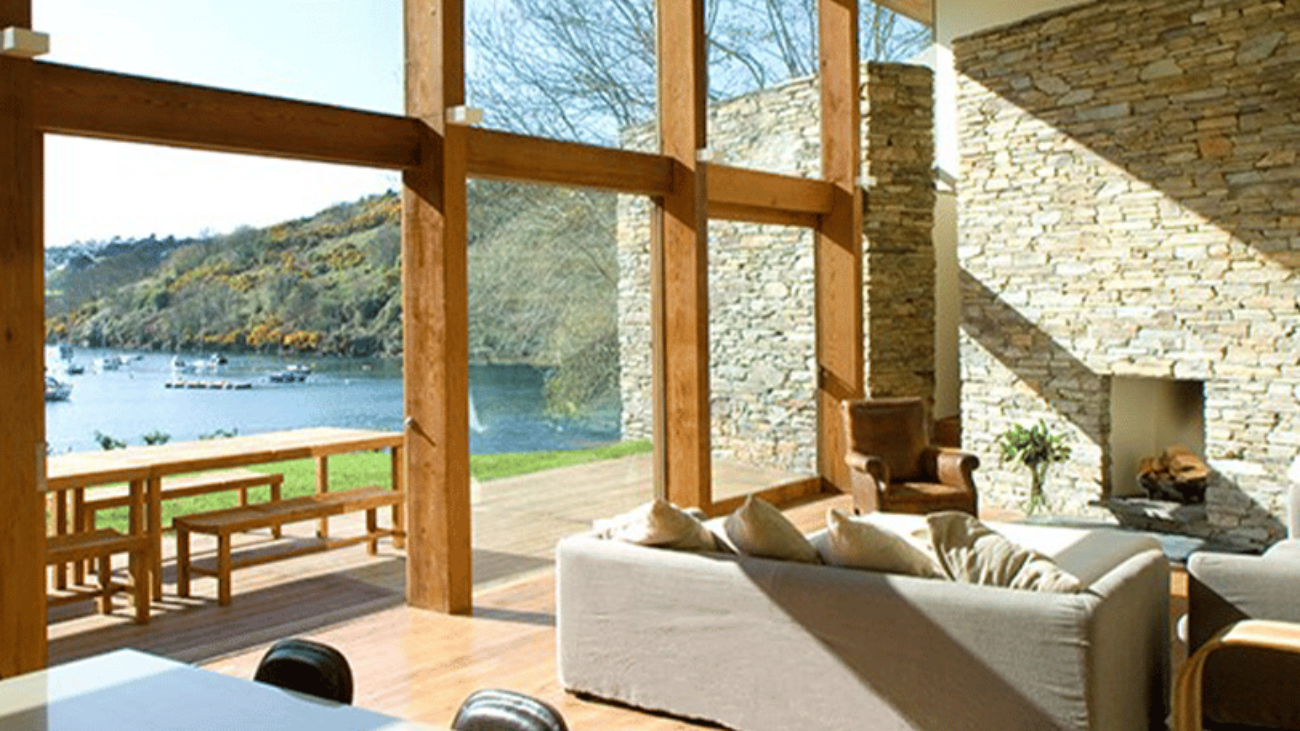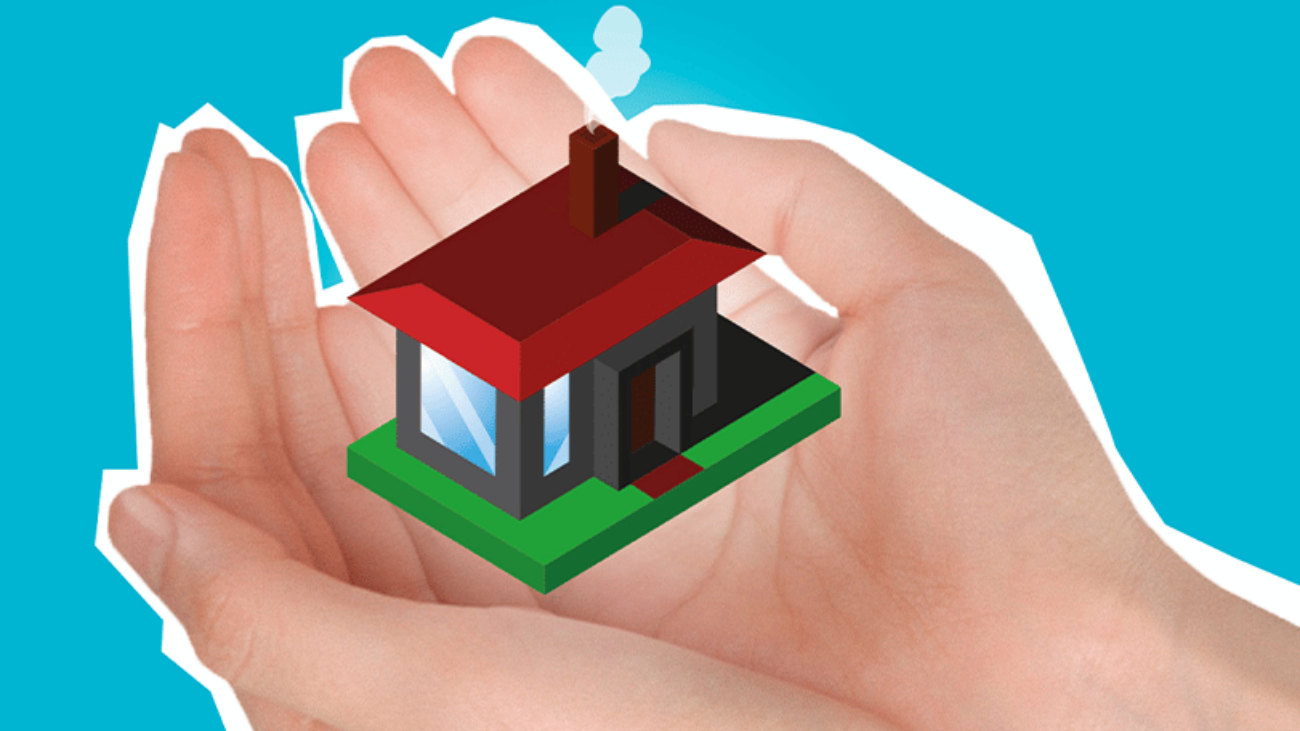Your home’s interior lights want to help you have fun, feel better, and save energy. Will you let them?
It used to be we’d walk into a room and flip on the light switch, maybe slide the dimmer up or down a bit to change the brightness.
But that’s so old school. Instead, press a tab marked “Cooking” on a wall-mounted panel to let all kitchen task lights come up to full brightness while lights in the family room dim so the kids can play video games.
Or hit the button marked “Romance,” and the lights throughout the house go out while the lights in the bedroom ebb to a soft glow that turns a sultry blue.
Household technology is undergoing a transformation that’ll make lighting more integral to our everyday lives. Not only will we see better, but we’ll use light to alter our moods, protect our well-being, safeguard our houses, and save bunches of energy.
“Home lighting today is about lifestyle enhancements,” says Paul Nagel, technical adviser and consultant for Oquirrh Ventures in Sandy, Utah. “We want to know how to control light to create environments we’re comfortable in, and have energy efficiency while we do it.”
Related: Lighting’s Not Cheap: Here’s How to Do It Right
Lighting Our Homes With a Purpose
Today’s progressive lighting schemes aren’t about turning lights on and off; they’re about being partners in your lifestyle. The concept is simple: Imagine all your home’s light fixtures as a single system that can be programmed into a variety of zones. Each zone is dedicated to particular task or mood, and can be controlled by wall switches, a master wall panel, or a smartphone app.
So in addition to “Cooking” and “Romance” zones, you might have buttons for:
- Outdoor entertaining – Patio and walkway lights illuminate.
- Coming home – Triggered by a timer or a smartphone, the porch, entry hall, and kitchen lights come on.
- Nighty-night – Lights in kids’ rooms slowly fade out as they fall asleep.
- Vacation – Lights turn on and off in random patterns.
- Panic mode – All lights in the house flash on and off.
If walking over to a wall panel is too much effort at the end of a long day, you can call up an app on your smartphone or tablet and control zones while curled up on the couch. If your app is voice-activated, you won’t even have to swipe a finger.
Easing the Fear of Lighting Technology
Do your eyes glaze over at the thought of yet another layer of high tech added to your everyday life? Fear not: In the hands of a pro, zone lighting systems are relatively easy to install. Home automation companies and lighting contractors can retrofit your house with a single-zone system in half a day or, with more time, install a whole-house system.
You’ll get an easy-to-understand central control unit that “talks” with new switches, light fixtures, and bulbs that are specially made to receive wireless signals. You decide on your zones and, once everything’s set up, have the light throughout your house change intensity and color on command.
DIYers Can Zone Out, Too
Relatively low-cost mini-systems are coming to market that’ll let you install your own zones, even if your geekability quotient is near zero.
Philips Hue smart light starter kits feature smart LED bulbs, the Hue Bridge, and a variety of smart accessories to help you easily set up a smart lighting system. Screw in your light bulbs, plug the Hue Bridge into your Wi-Fi router, and download the Hue app. Add your lights to your system and you’re ready to go. The system works with either Bluetooth or the Bridge.
No Dim Bulbs Here
Other DIY smart bulbs are on the market. They’re made to replace any screw-in type of lightbulb. All you need is a free app you download to your phone so you can dim lights, change colors, and turn individual lights on and off.
(FYI: Smart bulbs also work via conventional on/off wall switches; you’re not locked into controlling them with an app.)
ilumi bulbs come in different strengths including the A19 Color Bulb800+ Lumens (60-watt incandescent equivalent) for lamps and sconces, and the indoor BR30 Color 1100+ Lumens (85-watt incandescent equivalent) for down lighting. You can download the ilumi app, connect the bulbs with your iOS or Android device via Bluetooth, and enjoy smart lighting throughout your home with no hub or bridge. You’ll need to have your smartphone within range of ilumi bulbs (meaning within 100 feet) so that your phone’s Bluetooth network, with its short-range capability, can talk to them.
LIFX has created smart lights that do more than illuminate, according to its owner, Buddy Technologies. LIFX Clean can be scheduled to emit high energy visible wavelengths that can eliminate bacteria in your home. And LIFX Nightvision can be set to emit infrared wavelengths that boost your security camera’s ability to see in the dark.
Using Light to Alter Moods and Stay Healthy
If you’re feeling blue, it may be the light. Light can affect our moods and, ultimately, our health. Just ask anyone with seasonal affective disorder, a type of depression characterized by low energy and poor concentration. MedlinePlus estimates that 10 million Americans have SAD. The therapy is exposure to more daylight or to artificial lights that mimic the properties of natural light.
The health- and mood-altering properties of light haven’t been lost on lighting manufacturers, who’ve come up with a variety of new home lighting products that claim to have health benefits. Although clinical proof can be hard to come by, the products are intriguing.
Dynamic lights vary between warm white (2600K) and cool light (5600K) so that the natural rhythms of daylight are reproduced indoors. That helps keep you happy during the depths of winter. Several manufacturers make dynamic lightbulbs, also called full-spectrum bulbs.
The Withings Sleep Tracking Mat can be installed with a one-time setup under the mattress, and the pad is compatible with most mattresses. The mat tracks sleep metrics including duration and onset; deep, light, and REM phases; continuous and average heart-rate; and snoring duration. On top of that, you can control lights and temperature by getting into and out of bed.
LEDs — The Energy-Sipping Superstar of Home Lighting
LED lights (which stands for light-emitting diode) point the way for the future of home lighting. Why? LEDs:
- Use only 3% of the energy of an incandescent bulb
- Last from 50,000 to 100,000 hours
- Have no restrictions on number of times they’re turned on and off
- Save energy and replacement costs, though more expensive initially
LEDs can be made small — really small. In fact, some lights are no bigger than the point of a pencil. That’s going to change how we illuminate our homes. For example, hundreds of tiny LEDs can be embedded in sheets of drywall to create walls and ceilings that glow.
Mixing Light and Home Automation
Lighting solutions can be standalone projects, but they’re often paired with other home automation features to create a holistic home environment that’s controlled by a single wall panel and app. For example, press that “Relax” button on your scheme choices, and as the lights dim, you’re surrounded by the soothing sounds of jazz.
Lights are essential components of home security systems, too, teaming up with video cameras, alarms, and motion sensors to keep your house safe, whether or not you’re there.
Another advantage of automated energy management systems is that they combine smart thermostats, Energy Star appliances, and lighting schemes to trim energy costs across the board, and that’s a future we can all live with.
By: John Riha
[/et_pb_text][/et_pb_column][/et_pb_row][/et_pb_section]









